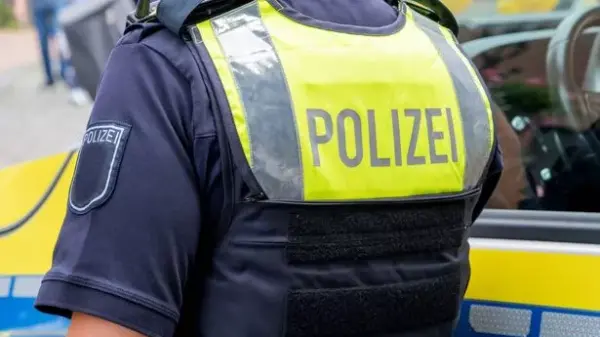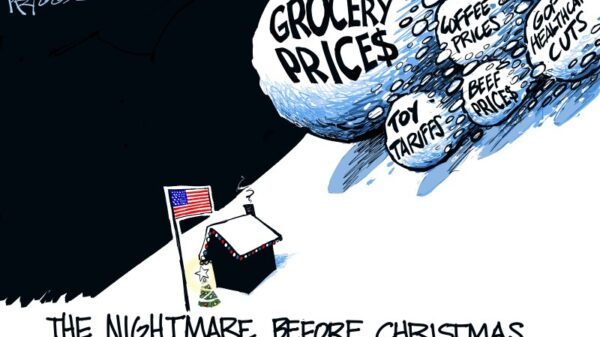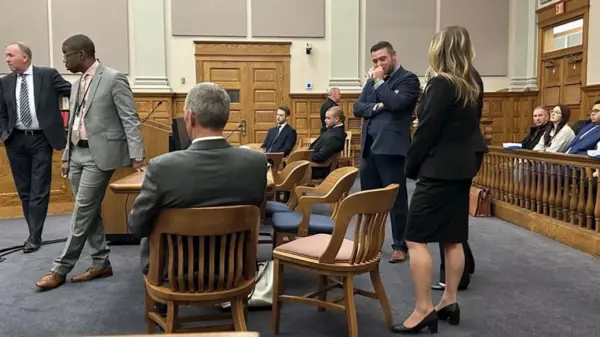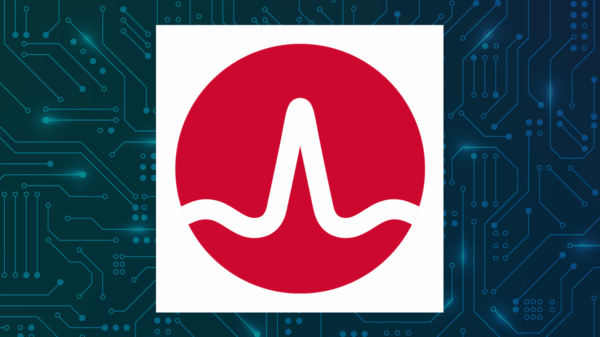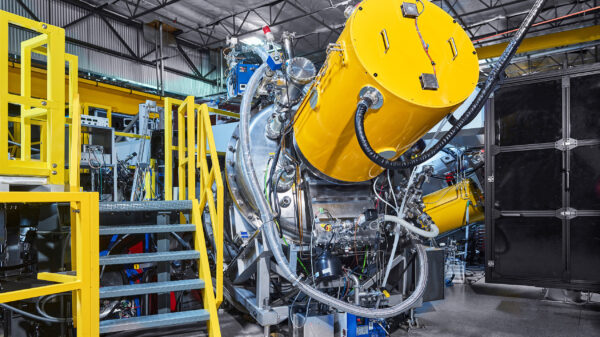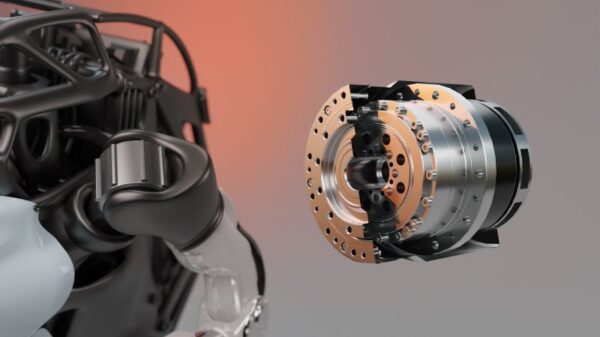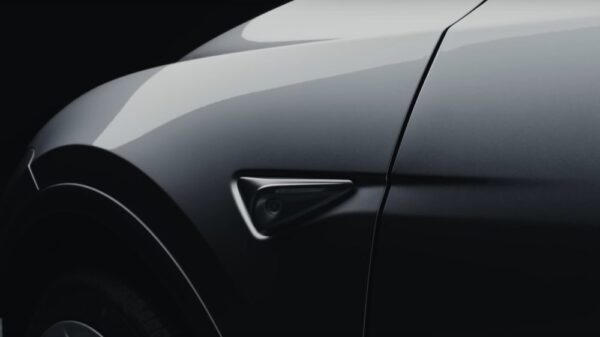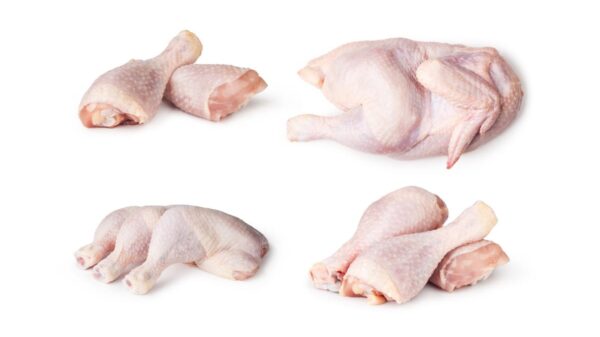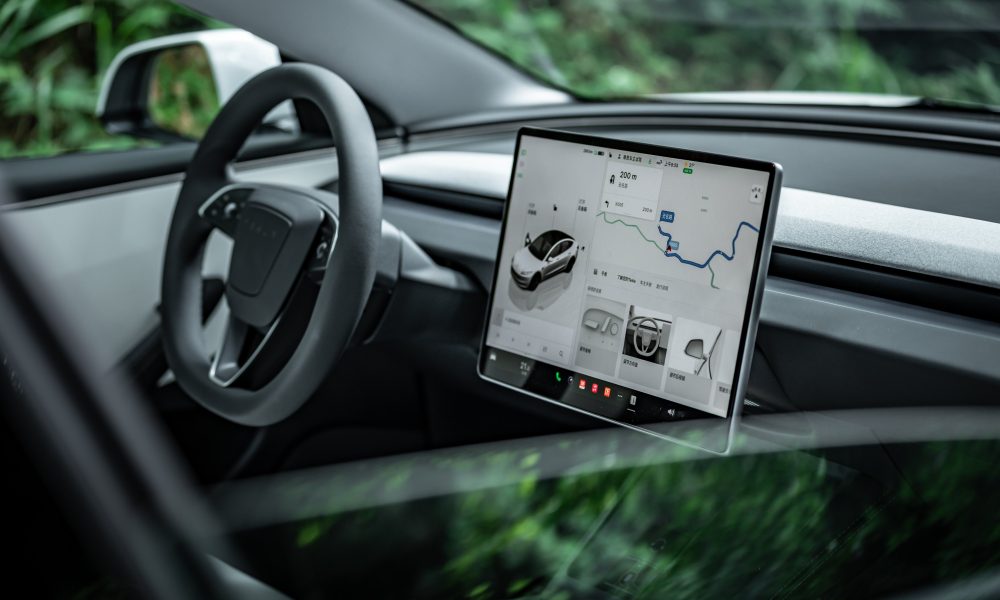Tesla’s latest update to its Full Self-Driving (FSD) software, version 14, has introduced a range of improvements that enhance the driving experience. Released several weeks ago, this fourth iteration includes a recent launch of version 14.1.4, which addresses issues such as “brake-stabbing” that many owners have reported. Users have noted that while some minor problems persist, the overall performance of the software has seen significant advancements compared to version 13.
Key Improvements in Full Self-Driving v14
One of the most noticeable enhancements is the improved lane-switching capabilities on highways. In previous versions, particularly v13, the FSD system would often remain in the left lane unnecessarily, despite the absence of faster vehicles. Tesla has refined its algorithms, allowing the system to return to the right lane more efficiently after overtaking slower traffic. This change aligns better with common driving etiquette, as cruising in the left lane can vary in legality across different regions.
In addition to lane management, Tesla’s FSD now demonstrates greater awareness of merging traffic. Users have reported instances where the system has made courteous decisions, such as allowing vehicles from cross-traffic to merge during busy periods. This responsiveness can significantly reduce congestion, particularly in high-traffic areas. A recent video shared online illustrated a scenario where the FSD made way for a merging vehicle during peak hours, showcasing its improved situational awareness.
Enhanced Navigation and Object Avoidance
Drivers have also expressed satisfaction with the FSD’s ability to navigate around obstacles. In v13, there were concerns about the software’s responsiveness to hazards, with some users recalling instances where the car nearly collided with road debris. However, with the latest update, the system has shown marked improvement in object avoidance. For example, a driver reported that the FSD smoothly swerved around a dead animal on the highway without any abrupt movements, indicating a significant refinement in handling unexpected road conditions.
Moreover, the speed consistency feature has been revisited in this update. Many users found themselves frequently adjusting the speed settings in v13. In contrast, v14 simplifies this process by eliminating the Max Speed setting and allowing for more intuitive adjustments via the vehicle’s controls. This enhancement contributes to a smoother driving experience and reduces frustration for both drivers and those behind them.
Despite these advancements, some challenges remain. Users have noted that while the FSD’s speed management has improved, there are still instances where the system can exhibit inconsistent behavior on local roads. In certain zones, such as a 45 MPH area, the FSD has been slow to reach optimal speeds. However, feedback indicates that overall acceleration and adherence to speed limits have become more reliable.
Tesla’s commitment to refining its Full Self-Driving technology is evident in the improvements seen from v13 to v14. As the company continues to innovate, these enhancements not only aim to elevate the driving experience but also to enhance safety on the roads. As more drivers adopt this technology, the implications for traffic efficiency and driver behavior will be closely monitored.










